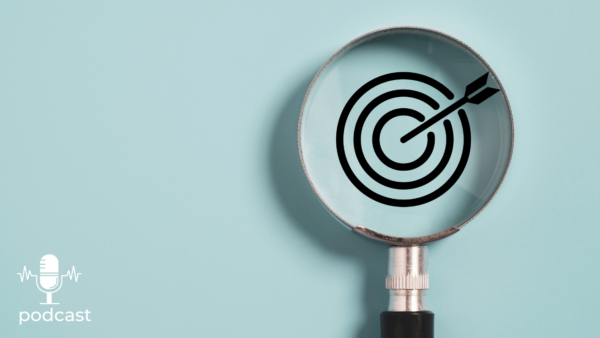One of the most frequently mentioned challenges I hear from people wanting to improve their work performance, or develop their strengths is making behaviour changes stick.
It’s tricky. Behaviour change hurts, needs discipline, and there are no shortcuts.
But there are cute ways that you can use what’s already in your brain to help changes stick.
And one idea that seems to be getting a bit of love and noise around it at the moment is habit stacking – possibly because it sounds cool and efficient and quick.
So let’s get to habit stacking.
What is habit stacking?
The term habit stacking seems to have come (as many clickbaity, soundbitey terms do) from a journalist, in this case, a guy called Steve Scott, or SJ Scott.
The idea is that by clustering the habits we want to develop and sustain, we stand more chance of remembering them by associating related tasks with each other.
Hence clustering, or ‘stacking’ new behaviours.
Habit stacking allows you to organise these habits in a way which makes logical sense for the way your day works already and go micro-behaviour but a stack or cluster at a time.
So you start by looking at all the things you want to include and organising them sensibly and logically.
You break down your day into chunks – say morning ritual/commute, lunchtime, return home, evening.
Then take the behaviours you want to introduce and habituate and stack them.
For morning ritual and commute, that might look like:
Stack 1 – getting up and ready for work
Wake up and drink a glass of water
Take a vitamin pill
Brush your teeth for 2 minutes
Floss for 1 minute
Stack 2 – commute
Eat a healthy breakfast
Meditate on the train to work
Plan your priority tasks for the day
How to habit stack
The smart, sticky habit-stacking bit is to use the brain’s desire to create shortcuts by associating clusters of activity with each other.
So,
- have the glass of water next to your bed
- then go straight to the bathroom
- take the vitamin pill because you’ve put the vitamin next to your toothbrush
- use a 2-minute buzz toothbrush to brush your teeth
- make sure your floss is next to the vitamin jar.
And repeat this routine, like this, for 4-6 weeks, and that will be sufficient to associate these activities together.
One behaviour will cue the next and the next and the next.
And within two months, you’ll have built the routine sufficiently for the effort required to be much more relaxed, and the behaviours by this point will be habituated.
The effort of using your pre-frontal cortex (where information processing happens) that burned a lot of energy at the start of creating the routine, has moved to a different part of the brain, where more automatic, habituated behaviours are stored. The effort is less, the tasks are more natural, and you are on your way to long-lasting behavioural change.
A few tips to make this approach more likely to work for you, in addition to using a logical approach (so fitting it into your day to day) and writing down the task list (download below) initially to make sure you don’t forget any part.
Habit stacking tips
First tip: don’t try and do it all at once – focus on different areas of your day one at a time rather than expecting to habit stack every area of your day simultaneously.
Second tip: make sure you have a solid ‘anchor’ that you can stack habits around, something that you already do and which you can associate new behaviours with. So in our getting up and getting ready for work example, the anchor would be getting up and out of bed – you know you’re going to do that, so you stack the first new habit (drinking a glass of water) as soon after getting up as possible.
Third and last tip is to start small – if you want to introduce meditation into your day, don’t start with 40 minute total silence meditations, begin with a 1 or 2 minute breathing exercise, that way you get your brain used to the new behaviour without making things too hard to habituate and stick with.
So there you have it in a nutshell – habit-stacking. Give it a go, see how it works for you and let me know how you get on.
If you would like to download our habit tracking worksheet, click here











